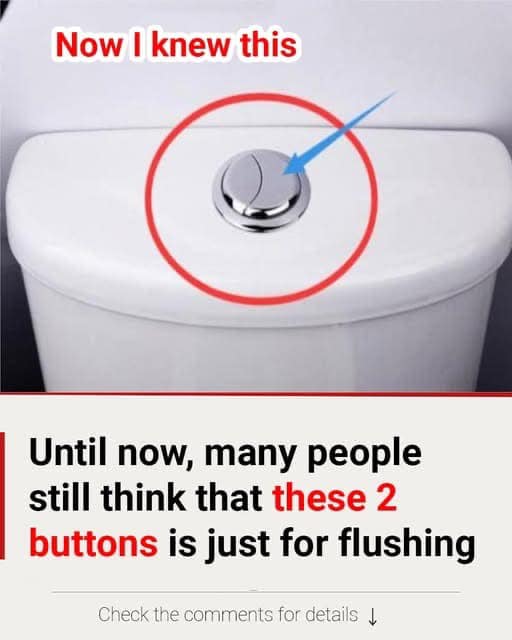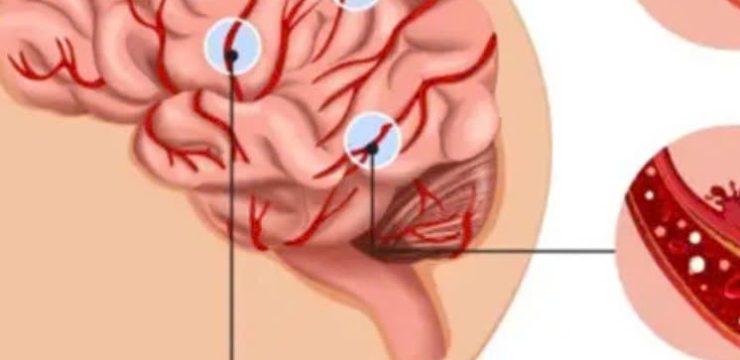Modern toilets have come a long way from their humble beginnings, and one of the most significant innovations in recent years is the dual-flush toilet system. If you’ve ever looked at those two buttons on a toilet—the smaller one and the larger one—and thought they were just two versions of the same flush, you’re not alone. Many people still don’t realize that these buttons serve distinct purposes and play a crucial role in water conservation. So, let’s break it down and uncover why these two flush buttons exist, what they actually do, and how using them correctly can have a bigger impact than you might think.

The concept of dual-flush toilets isn’t overly complicated, yet it remains a mystery to many. At first glance, you’ll notice two buttons or levers: one smaller and one larger. While they might seem like arbitrary design choices, each button is actually connected to a separate exit valve. The larger button triggers a full flush, while the smaller one triggers a partial flush. Essentially, these two buttons are designed for different types of waste—solid and liquid. The smaller button releases less water because liquid waste doesn’t require as much flushing power, while the larger button is meant to handle solid waste, which naturally requires more water to fully clear the bowl.
So, why go through all this effort to add an extra button? The answer is simple: water conservation. Water scarcity is a growing global concern, and every small effort counts. A traditional toilet uses around 6 to 9 liters of water per flush, regardless of whether you’re flushing solid or liquid waste. Dual-flush toilets, however, offer a smarter alternative. The larger flush button still uses 6 to 9 liters of water, but the smaller button reduces water consumption to just 3 to 4.5 liters per flush. It may not seem like a huge difference, but those numbers add up significantly over time.
To put this into perspective, it’s estimated that a household using a dual-flush toilet can save up to 20,000 liters of water per year compared to a traditional single-flush system. That’s not just great for the environment—it’s also good for your wallet. While dual-flush toilets might cost a little more upfront to install, the long-term savings on your water bill make them a smart investment. Plus, the positive environmental impact is something we can all feel good about.
But where did this brilliant idea come from? The credit for the dual-flush toilet system goes to American industrial designer Victor Papanek, who first introduced the concept in his groundbreaking book, Design for the Real World, published in 1976. Papanek was a visionary designer who believed in creating products that balanced functionality, sustainability, and social responsibility. However, it wasn’t until 1980 that the dual-flush system was first implemented in Australia, a country known for its commitment to water conservation. Today, dual-flush toilets have become standard in many countries, and they continue to gain popularity as more people recognize their environmental and financial benefits.
Now that you know the story behind the two buttons, it’s time to use them wisely. The next time you visit the restroom, think before you flush. If you’ve only urinated, press the smaller button. It’s usually easy to spot—it might be physically smaller, have a half-circle symbol, or display a small raindrop icon. On the other hand, if you’ve done more than just urinate, that’s when the larger button comes into play. The larger button is typically more prominent and may have a full-circle symbol or a larger droplet image to indicate its purpose.
Using the correct button isn’t just about being mindful of water—it’s also about being a responsible citizen of the planet. Every time you choose the smaller flush when it’s appropriate, you’re contributing to a larger cause. Water is one of our most precious resources, and dual-flush toilets are one of the simplest yet most effective ways we can conserve it in our daily lives.
It’s incredible how such a small design tweak can lead to such a big impact. But, like any great innovation, its benefits depend entirely on people using it correctly. Unfortunately, many people still hit the larger button out of habit or confusion, even when it’s unnecessary. Educating ourselves and others about how these buttons work can go a long way in maximizing their potential.
So, next time you see those two flush buttons, don’t underestimate their significance. They’re not just there for aesthetics or as a quirky design choice—they’re part of a thoughtful system designed to save water, reduce waste, and make our homes more eco-friendly. Whether you’re at home, at a friend’s house, or in a public restroom, take a moment to make the right choice. After all, every drop counts, and those two little buttons are doing far more than just flushing—they’re helping us move toward a more sustainable future.





